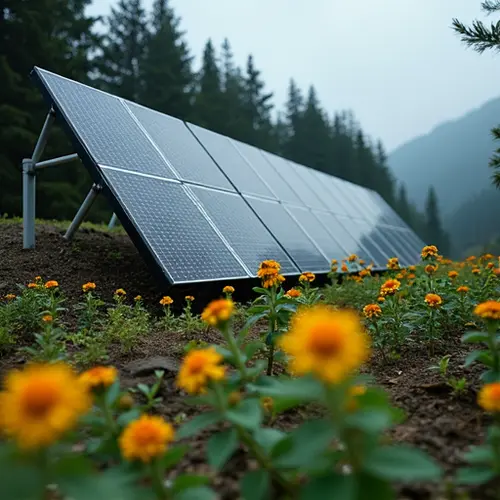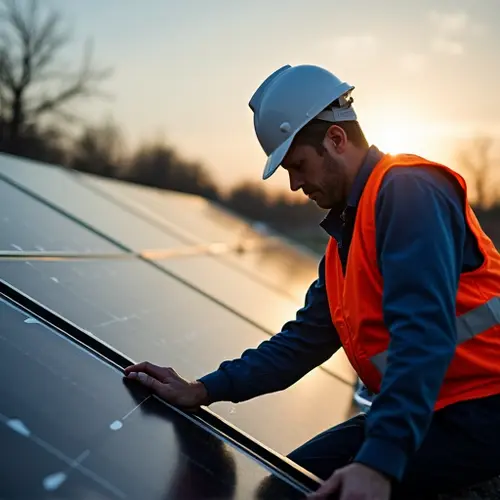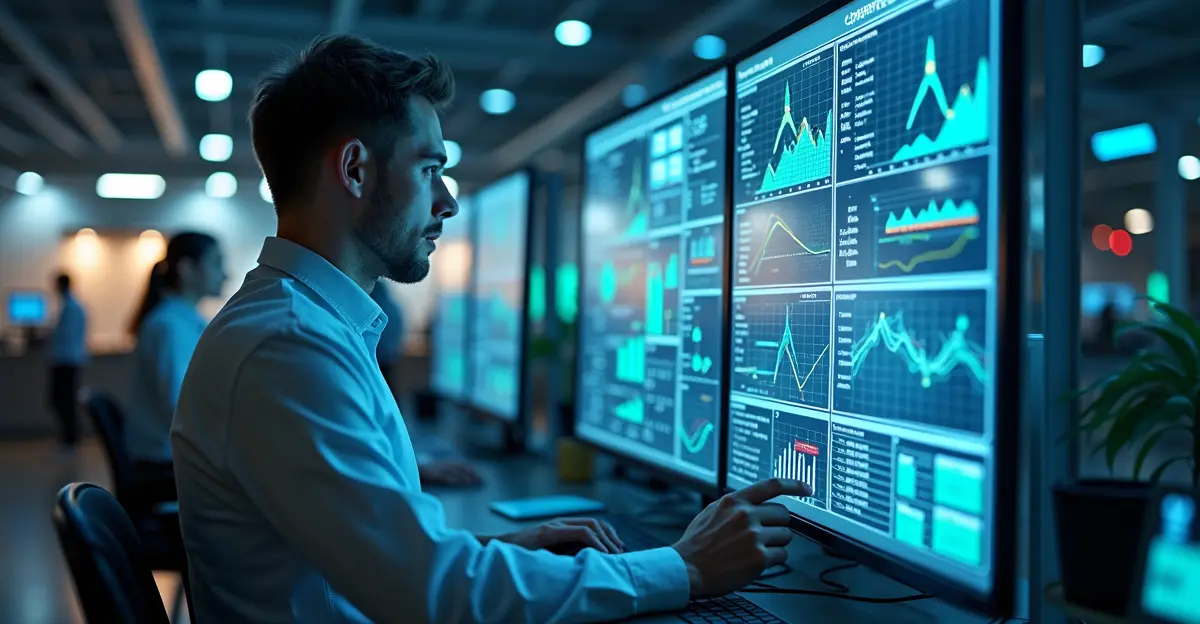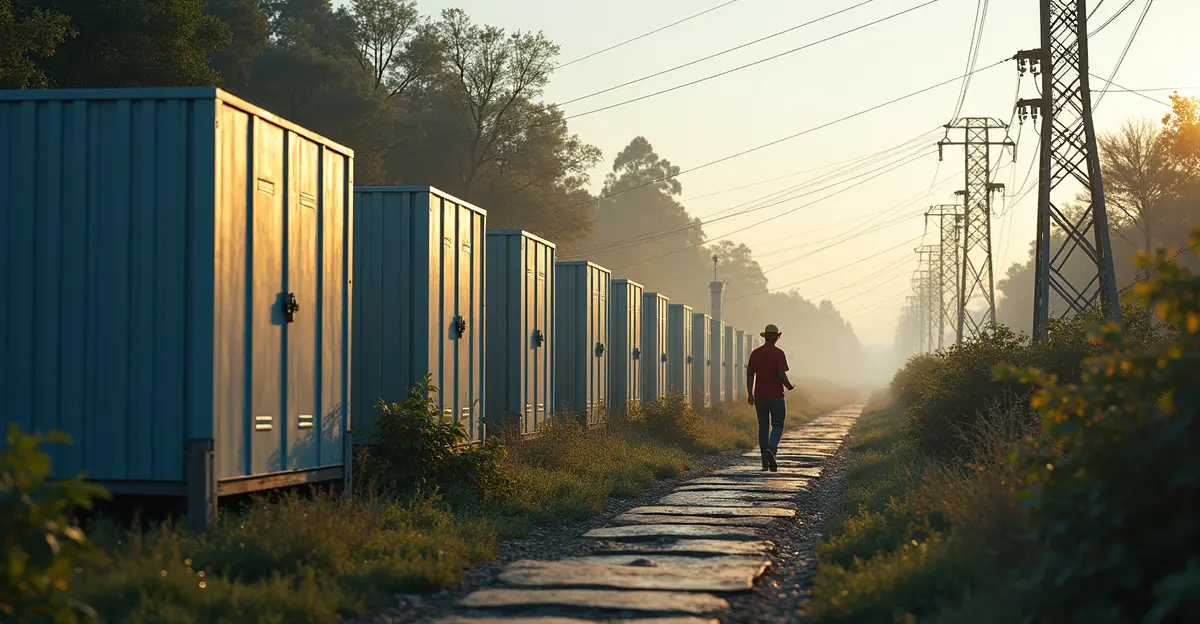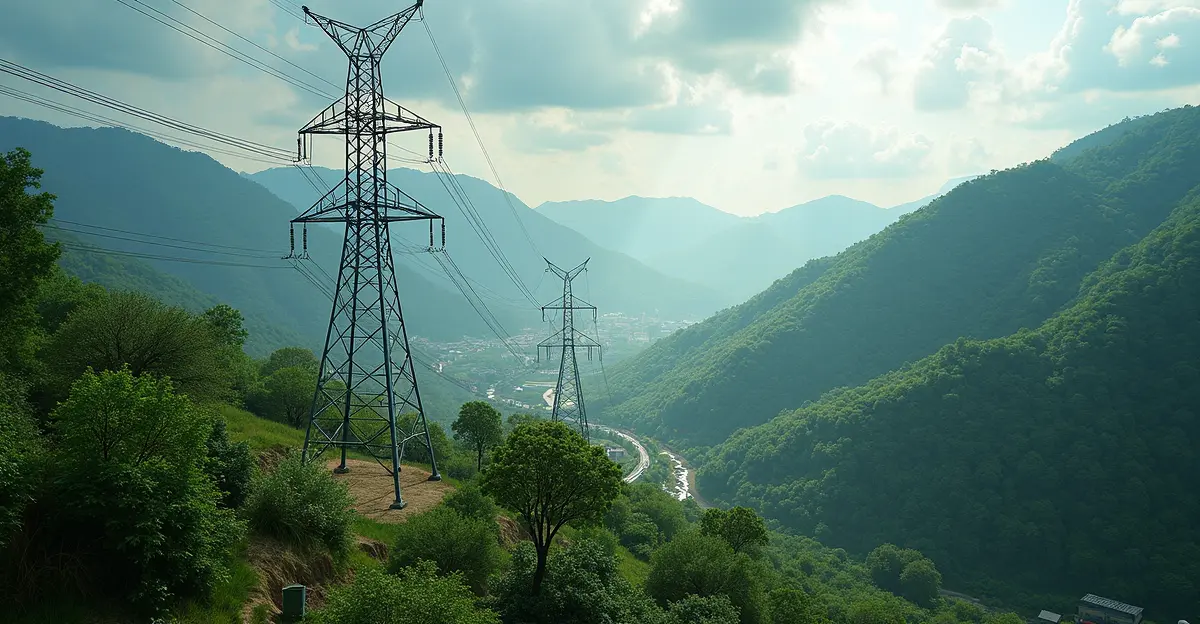By 2040, AI-managed decentralized energy grids will transform how we produce and consume electricity. These self-optimizing networks will integrate rooftop solar, community batteries, and smart trading systems, potentially reducing energy waste by 30% and consumer costs by 40%. Challenges remain in storage and cybersecurity, but pilot projects already demonstrate radical efficiency gains.
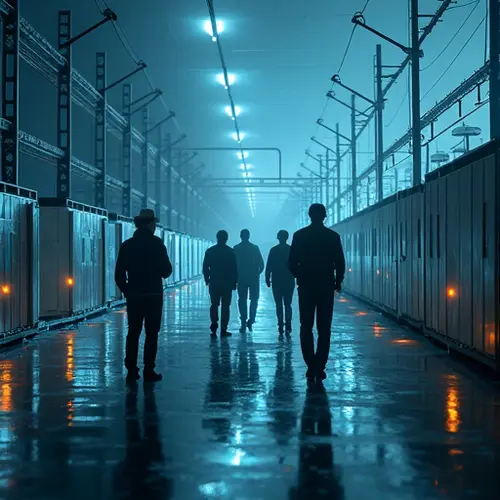
The Dawn of Smart Energy Networks
Imagine flipping a switch in 2040 and knowing your electricity comes from a neighbor's solar panels, managed by AI that balances the entire community's energy needs. This isn't science fiction—it's the decentralized energy future rapidly taking shape. By 2040, our power grids will undergo a radical transformation from centralized systems to intelligent, self-optimizing networks.
Why Decentralization Wins
Traditional power plants lose up to 8% of electricity during transmission over long distances. Distributed Energy Resources (DERs)—like rooftop solar, wind turbines, and home batteries—solve this by generating power where it's consumed. The International Energy Agency predicts DERs will supply 45% of global electricity by 2040, up from just 15% in 2025.
AI: The Grid's New Brain
Artificial Intelligence acts as the nervous system of tomorrow's grid. Companies like Enel are already using AI to:
- Predict energy demand with 95% accuracy using weather and usage patterns
- Prevent blackouts by rerouting power in milliseconds
- Optimize renewable energy storage during peak production
"AI could reduce global energy waste by 30% before 2040," says Dr. Elena Rossi, lead researcher at the Energy Futures Lab. Her team's AI models automatically trade surplus solar power between homes, creating micro-economies.
Real-World Grids of Tomorrow
In Copenhagen, the Nordhavn Living Lab shows what's possible. This neighborhood uses AI to:
- Store excess wind power in electric vehicle batteries
- Heat buildings using waste energy from data centers
- Dynamically adjust prices to encourage off-peak usage
Meanwhile, California's Self-Optimizing Grid Initiative reduced outage times by 78% during 2024 wildfires through AI-powered rerouting.
Challenges Ahead
The transition faces hurdles:
| Challenge | Solution |
|---|---|
| Grid cybersecurity | Blockchain-protected energy transactions |
| Storage limitations | New solid-state batteries (500% density increase by 2035) |
| Regulatory barriers | EU's "Right to Trade Energy" legislation (2027) |
Your Role in the Energy Revolution
By 2040, homeowners won't just consume energy—they'll actively participate. AI platforms will let you:
- Sell excess solar power to neighbors at premium rates
- Earn crypto-tokens for reducing consumption during peaks
- Automate home systems to maximize renewable usage
"The 2040 grid isn't about technology—it's about democratizing energy," says MIT's Dr. Arjun Patel. His research shows decentralized grids could lower electricity bills by 40% while accelerating net-zero goals.

 Nederlands
Nederlands
 English
English
 Français
Français
 Deutsch
Deutsch
 Español
Español
 Português
Português




